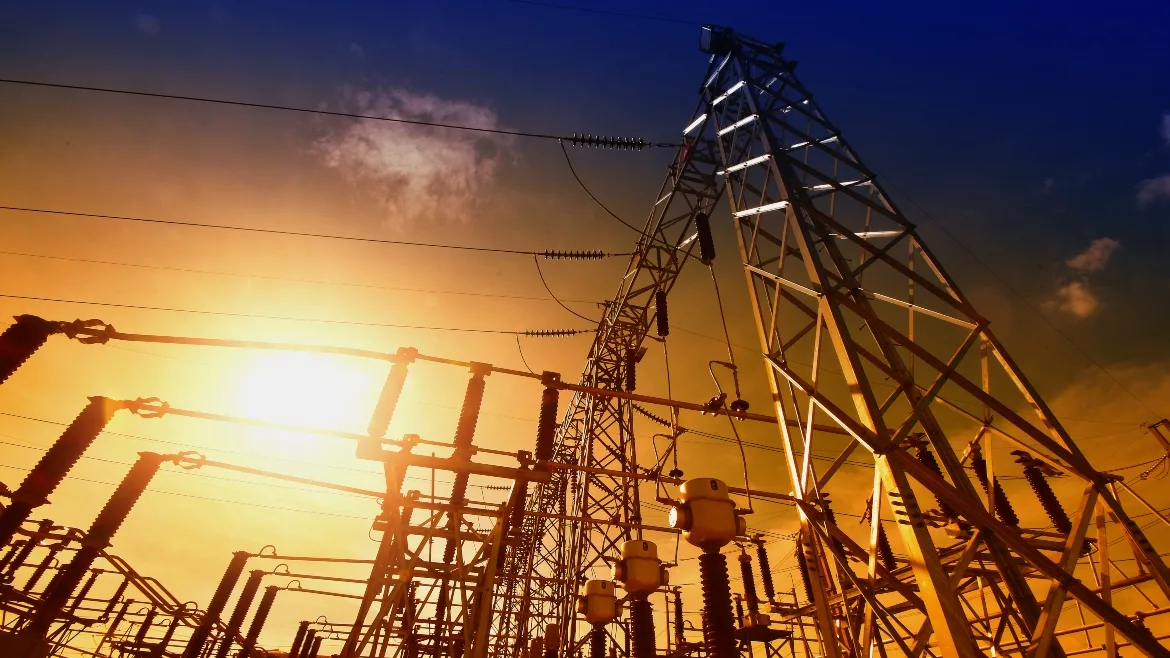The time has come for a strategic electricity reserve

Image via Freepik
The Strategic Petroleum Reserve (SPR) has become a household phrase in recent months as the Biden administration has relied on releases of oil from the SPR to alleviate price increases at the pump. While the SPR has been around for decades, the nation has never had a Strategic Electricity Reserve (SER) — and with good reason — electricity is simultaneously produced and consumed on our bulk power system. But recent technological advances with respect to grid-scale batteries have led to explosive growth in the deployment of these devices. Increasingly, grid-scale batteries are seen as a necessary complement to renewable resources, such as wind and solar generation, which are intermittent resources. But given recent geopolitical events, is it time to consider constructing an SER for national security reasons?
The Achilles Heel of our modern society is the bulk electric system. While tremendous efforts have been made to ensure the cyber and physical security of this vast and complex system, the consequences of a widespread cyberattack that succeeds in disrupting the electricity supply for an extended period of time are unthinkable. Life, as we know it would grind to a halt, and order would likely break down in a matter of weeks. Management consultants refer to this risk as a low probability high impact event. Low probability high impact events are difficult to assess and plan for, but societies ignore them at their peril. Recent examples arguably include Hurricane Sandy, the COVID-19 pandemic, and the War in Ukraine. So, what can be done?
While the SPR works well because oil can be stored in one location, released and transported where needed, the SER would have to be conceived of in an entirely different way because of the nature of electricity and the bulk power system. For instance, the bulk power system in the United States is divided into three “grids:” the Western Interconnection, the Eastern Interconnection, and the ERCOT region of Texas. And, within these three grids, are regional control area operators, who operate portions of the larger interconnection. In turn, the control area operators have to control all of the generating plants, transmission wires, substations, and distribution wires that comprise the system. It is an enormously complex system.
Nevertheless, at least in its initial phase, the SER could be conceived as deploying significant amounts of grid-scale storage in strategic locations, such as near Washington, D.C. (and perhaps underground in hardened bunkers) near key strategic governmental and military sites such as the Pentagon. Other locations could be near major cities, military installations, communications choke points, key transportation hubs, etc. In other words, the SER would have to be de-centralized and prioritized to service the highest priority locations. The next question would be what function could it serve? The bulk power system relies on units called Black Start Units to bring the system back online in the event of a total system failure. The SER would need to be configured to aid in the restoration process and should be configured to optimize the use of Black Start units. Given the risk of cyberattacks, the SER may need to be connected in normal mode, but capable of disconnection from the bulk power system in the event of a cyber or other catastrophic attack, so that it can then aid in bringing the system back up.
The SER is a tool that would likely evolve with technological change and a changing threat environment. But today, we have not even started the conversation on what it could be and how it could help maintain societal continuity in the event of the unthinkable. It is time to start the conversation now, before it is too late.
Looking for a reprint of this article?
From high-res PDFs to custom plaques, order your copy today!






